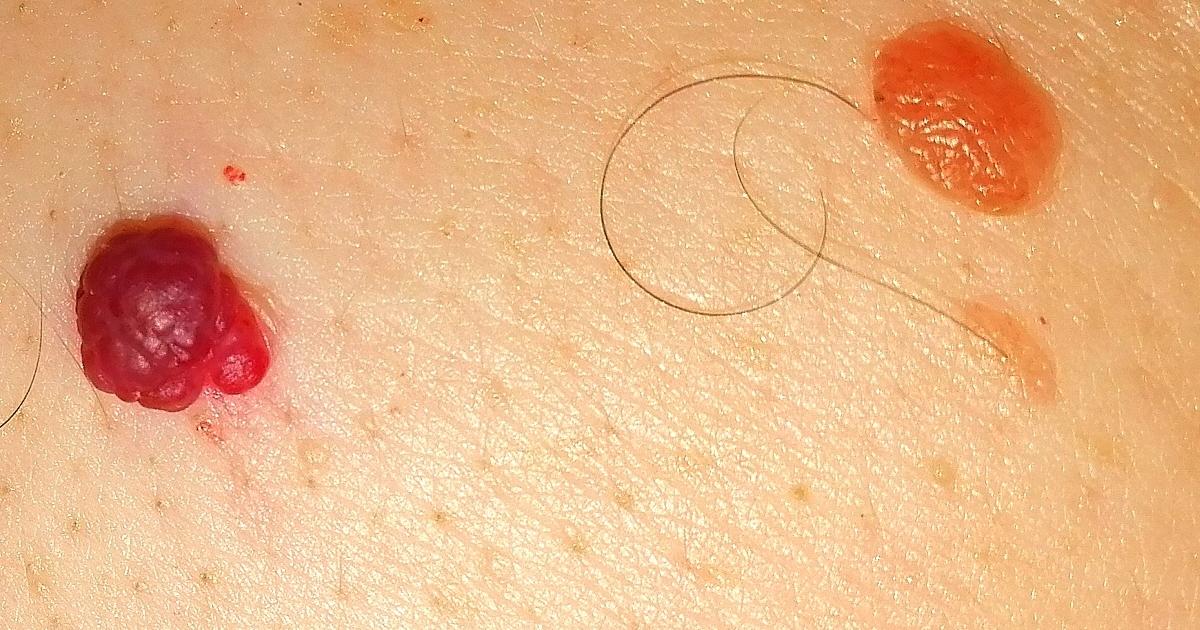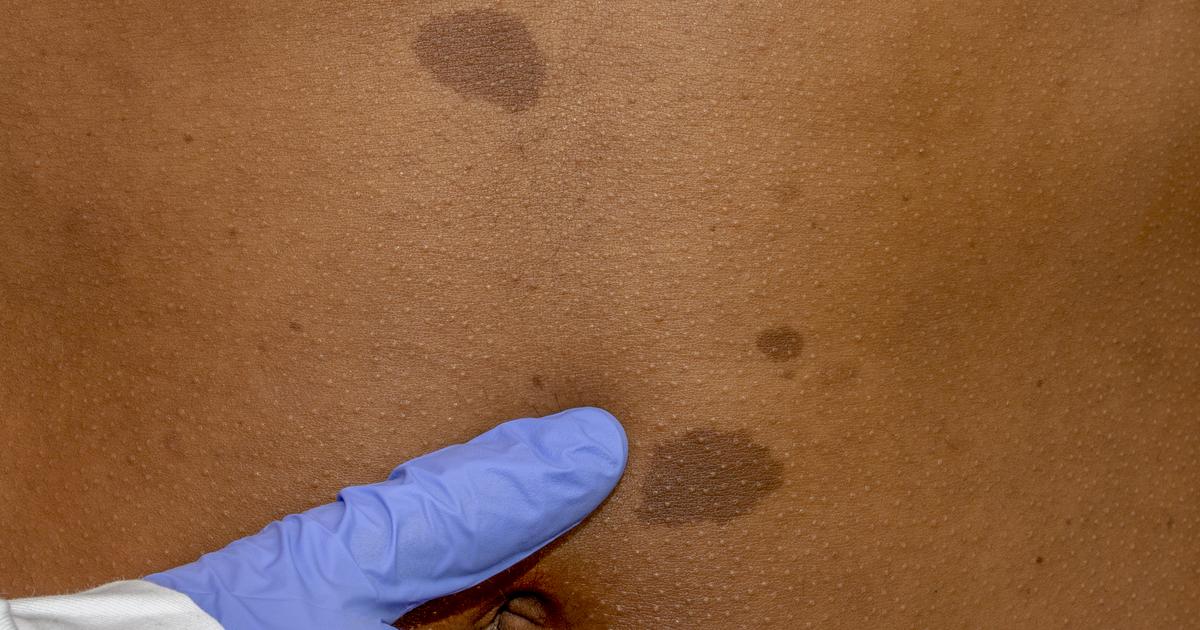How To Identify Abnormal Moles
Color

The third characteristic of abnormal moles is abnormal coloring. The very first property of an abnormal mole that raises concern in regards to this aspect is a mole that is not consistent in color. Normal moles do not have different colors throughout them. The only exception to this rule is a mole that does not meet the criteria of any of the other ABCDE points and is two different shades of brown, like dark and light brown. Abnormal moles tend to contain more than one color or numerous patches of differing colors.
Most of these irregular colors that show up in abnormal moles include black, red, white, pink, and blue. One of the most common color changes seen in irregular moles is the development of black patches. The red or pink discoloration of an abnormal mole can easily be mistaken as irritation or inflammation at first. However, the discoloration that develops in abnormal moles does not dissipate on its own the same way inflammation and irritation would. Any moles that appear abnormal or become abnormal in terms of color should be examined by a dermatologist.
Diameter

The fourth way to identify abnormal moles is by searching for a larger diameter, which is the distance from one side of a round object, through its center, and to the opposite side in a straight line. When a mole exceeds a diameter of one-fourth of an inch across or six millimeters across, it is cause for concern. Abnormal moles in jeopardy of developing into skin cancer do not shrink or stay the same size over time.
Cancerous cells and abnormal cells that become cancerous continue to grow and divide constantly. Abnormal moles have the characteristic of being larger in diameter or can grow larger in diameter than normal moles because of this accelerated and constant rate of growth. Many individuals use the rule of the size of a standard pencil eraser as their reference point for identifying moles large enough to cause them concern, and that necessitates an examination by their dermatologist.
